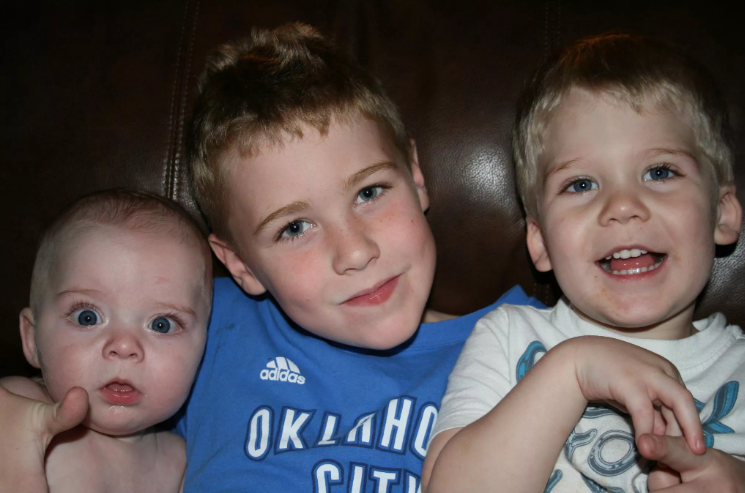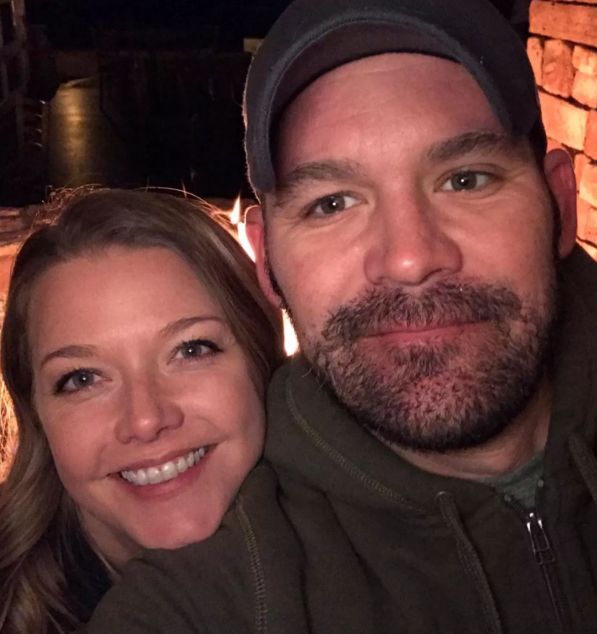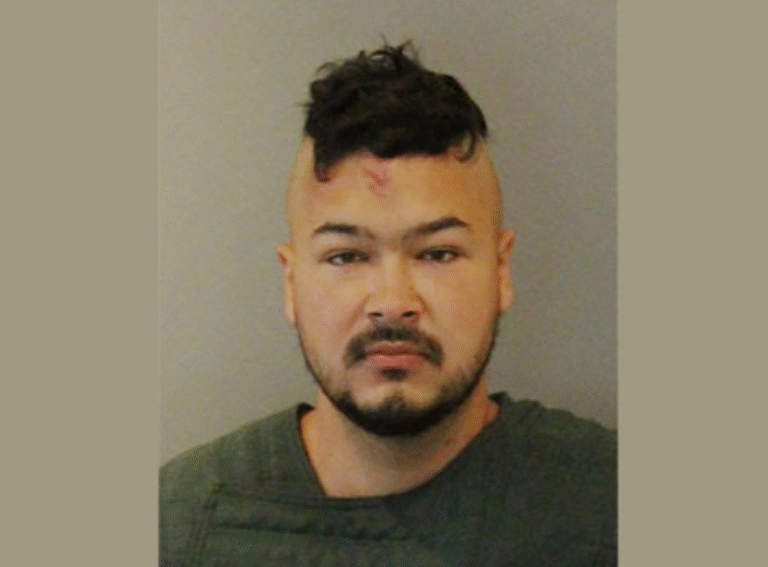Introduction
On April 22, 2024, the life of a community in Yukon, Oklahoma, was upended when Jonathon Candy, 42, fatally shot his wife, Lindsay Candy, 39, and their three sons—Dylan (18), Ethan (14), and Lucas (12)—before taking his own life. Their 10-year-old son survived and placed the 911 call that revealed this grim scene.
Key Takeaways
- What happened: Jonathon systematically shot his family, sparing only his youngest son, who called 911 after waking to a fire alarm.
- No warning signs: Police reported no prior domestic violence calls or concerns from the home.
- Survivor’s situation: The 10-year-old is now under the care of relatives and has received substantial support via community fundraising.
- Lingering questions: The motive remains unknown. Family and community members continue to struggle with understanding the devastation.

Section 1: Timeline of the Tragedy
- Late night / early morning of April 22: Argument escalates; Candy kills his wife and then methodically targets his children.
- Morning discovery: The 10-year-old son, woken by a fire alarm, realizes the extent of the tragedy and calls 911.
- Police confirmation: Authorities confirmed it was a murder–suicide; no domestic violence history was found.
Section 2: Community & Family Response
- The surviving son’s maternal relatives are prioritizing his healing and deliberately avoid mentioning Jonathan Candy.
- A GoFundMe campaign has raised significant funds to support the boy’s future.
- Loved ones and neighbors described the Candys as the embodiment of a happy, all-American family—deeply shaken by the unexpected violence.
Section 3: Unanswered Questions & Broader Context
- Why no signs? The absence of prior reports adds shock and confusion; such cases often remind us that domestic violence can occur without outward warning.
- Focus on survivors: Reporting must prioritize the welfare of those left behind—particularly the traumatized child—and offer paths to recovery.
- Prevention awareness: Highlight resources and signs, such as unexplained behavior changes, threats, or isolation, which readers can use to recognize danger early.
Section 4: Support & Resources
If you or someone you know is in crisis, you’re not alone. Help is available:
- National Domestic Violence Hotline (USA): 1-800-799-7233 or visit thehotline.org
- Local mental health services: Contact your community health provider or school counselor.
- Community support: Reach out to local nonprofits, therapy services, and family support groups. Early intervention matters.

Conclusion
The Candys’ story is a painful reminder that domestic tragedy can strike unnoticed. While the motive may remain elusive, the community’s resolve to support the surviving child and raise awareness around prevention offers a path forward. Let their grief guide our compassion.




